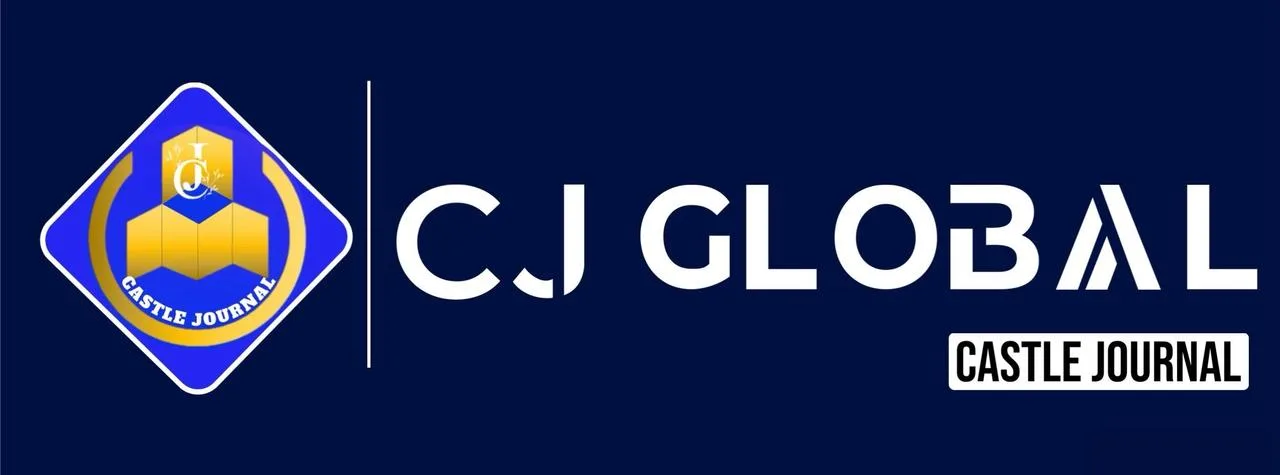Zambia’s near-final debt deal validates g20 framework
Lusaka, Zambia/Johannesburg, South Africa/London-UK
AFRICAN FINANCE: S&P Upgrade Reflects 94% Debt Restructuring Completion, Offering a Complex but Crucial Template for Highly Indebted Global South Nations under the G20 Common Framework
After nearly five years of economic standstill since its default in 2020, Zambia has reached the decisive final stage of its sovereign debt restructuring, a critical milestone that validates the functionality of the G20 Common Framework but simultaneously exposes its deep flaws.
The news of the near-finalization of the deal, covering virtually all of its external liabilities, prompted S&P Global Ratings to upgrade Zambia’s sovereign credit rating last week.
Zambia’s Near-Final Debt Deal Validates G20 Framework But Reveals Deep Flaws In Global Process, offering a complex but crucial template for other highly indebted nations across the Global South.
The rating upgrade reflects the immense progress made in Lusaka as authorities have secured agreements covering approximately 94% of the country’s $13.3 billion external debt included in the restructuring perimeter.
The landmark achievement is the final step in a negotiation marathon that began with the Official Creditors Committee (OCC), co-chaired by China and France.
This agreement, reached earlier this year, established the foundational baseline treatment: a significant extension of maturities until 2043, coupled with substantially lowered interest rates.
The Cash-Flow Mechanism and Final Hurdles
The deal’s most innovative and precedent-setting element is the cash-flow acceleration mechanism. This clause provides for an accelerated repayment schedule and higher interest rates for creditors if Zambia’s economic performance surpasses current projections, particularly if the World Bank upgrades its “debt-carrying capacity” by the end of the IMF program in 2026.
This dynamic structure, which ensures creditors share in the upside of Zambia’s economic recovery (driven largely by a rebound in copper production), proved key to bridging the gap between China and traditional Paris Club creditors.
Current negotiations are focused on finalizing the remaining portion of commercial debt, primarily with Eurobond holders.
The expectation is for a swift conclusion, largely dictated by the “comparability of treatment” principle agreed upon by the OCC.
This principle ensures that private creditors must provide relief on comparable terms to that offered by official creditors, preventing free-riding and securing a comprehensive resolution.
Completion of this final tranche will unlock greater financial space for the government and restore full access to international capital markets, marking a final end to the debt crisis.
A Flawed Template for the Global South
While the deal in Zambia is a necessary diplomatic triumph, its three-year path from default to near-completion highlights the severe inadequacies of the G20 Common Framework.
The protracted delay left the Zambian economy in a devastating financial limbo, forcing significant cuts to vital public spending, including critical investment in infrastructure and social programs.
The human cost of the delay was high, with the process being widely criticized by African experts for being too slow, too complex, and lacking the necessary mechanism for rapid, effective debt relief.
As global leaders gathered in Johannesburg, South Africa for the G20 summit in November, the finalization of the Zambian deal was formally acknowledged. However, its success offers only a complex, rather than easy, blueprint for other highly indebted nations.
Countries like Ghana and Ethiopia, which also face debt distress and are under the Common Framework, grapple with different sets of creditors, varied debt compositions, and internal political pressures, suggesting that the “Zambian model” is not a “silver bullet.”
African policymakers are now calling for substantial reform, urging the creation of a permanent African financial instrument or a simplified global debt refinancing tool to replace the Common Framework.
For the UK-based CJ Global, the message is clear: the global financial architecture, built for a bygone era of Paris Club dominance, failed its first major test in the face of new creditors like China and dispersed private bondholders.
Zambia’s painful recovery provides the template, but the world urgently requires a faster, more effective mechanism to prevent future sovereign debt crises from holding development and progress hostage for years on end.
The long-awaited fiscal space in Lusaka must now be used to diversify the economy away from raw copper exports and address the deep-seated issues that led to the crisis in the first place.
Headline Points
Near-Final Deal: Zambia has secured agreements covering approximately 94% of its $13.3 billion external debt, prompting S&P Global Ratings to upgrade its sovereign rating.
OCC Precedent: The deal with official creditors (co-chaired by China and France) includes an extension of maturities until 2043 and an innovative cash-flow acceleration mechanism for early repayment if the economy improves.
G20 Framework Test: The near-completion validates the G20 Common Framework but is widely criticized for the three-year delay that caused severe economic hardship in Lusaka.
Global Template: The restructuring sets a complex but crucial precedent for other highly indebted Global South nations, including Ghana and Ethiopia, but is not a “silver bullet.”
Final Hurdles: The final 6% of debt with commercial creditors is expected to be finalized swiftly under the “comparability of treatment” principle, restoring Zambia’s full access to international markets.
